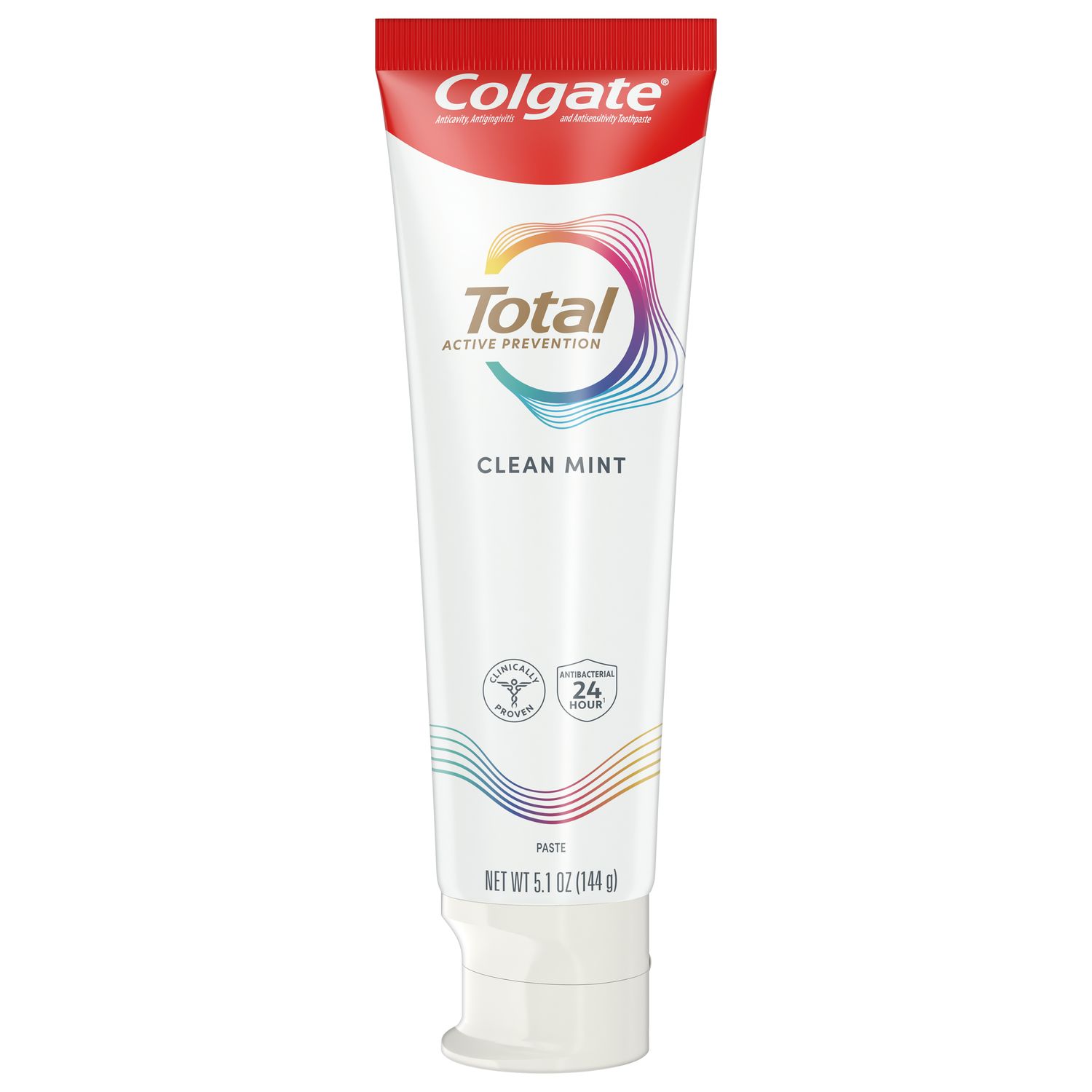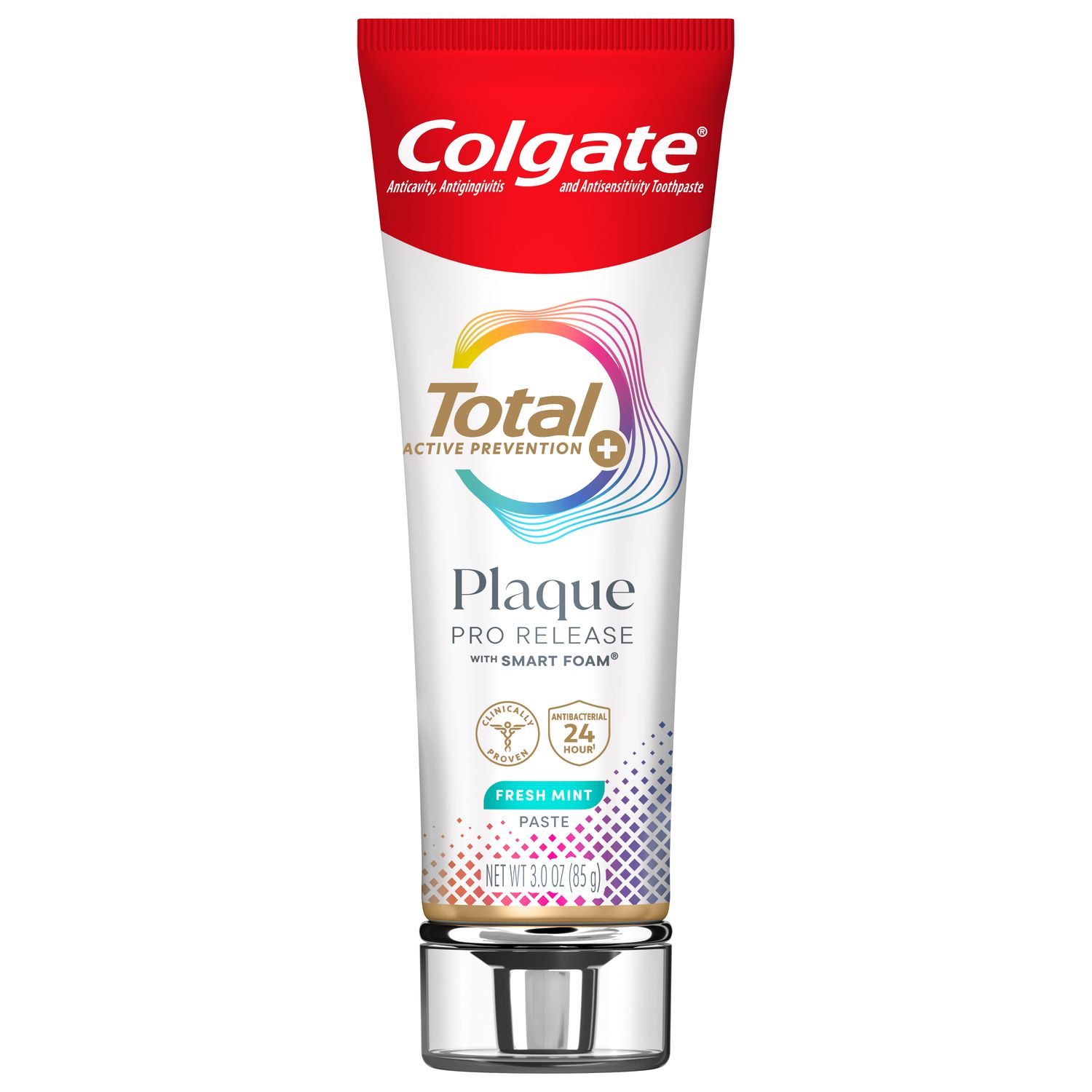
Some days, the life of a dental hygienist is like running on a treadmill. You have to keep moving, and if you get tripped up, even if only for a minute, you could fall behind. To keep your footing, it is essential to have a firm hold over the dental hygienist appointment. Follow these time management steps to schedule individual appointments, and your day as a whole, to have a smooth, stress-free day.
Know the Practice Goals
Know the office production goals and use these to meet hygiene department production goals. RDH Magazine notes that it is important to invest in time-saving technology. For example, instead of spending precious minutes sharpening your curette, opt for a model that does not need to be sharpened.
Time Your Procedures
Map out exactly how much time you spend seating, greeting, collecting the patient data, treating your patients, dismissing patients and any other tasks you have to cover before, during and after each appointment. Time each of your various types of appointments from the time you greet your patient until the time you dismiss your patient.
Break It Down
List the all various types of hygiene patients you see. For example:
- Prophylaxis
- Periodontal therapy/scaling and root planing
- New patients
- Teenagers 13 to 17 years-of-age
- Children under 12 years-of-age
Once you have your list of the various type of patient appointments, list the five blocks of time and how long you expect each to take.
Here's an example of what a prophylaxis appointment may look like:
- Data collection: 7 minutes
- Treatment planning/case acceptance: 7 minutes
- Treatment: 30 minutes
- Hygiene/dentist exam: 7 minutes
- Dismissal/room turnaround: 7 minutes
Some patients may only need 50 minutes, young children may need 40 minutes and many periodontal therapy patients may have two quadrants of scaling and root planing completed in one 90-minute appointment versus two 60-minute appointments on different days.
Use a Schedule with Blocked Templates
Once you establish your daily production goal for each treatment room, work with your team to create a visual layout. Always make sure the hygiene schedule is patient-centered, because, of course, your job is to provide quality care with a personal touch.
Dental Economics suggests that blocking your perfect day's schedule may begin with seeing periodontal therapy patients in the first part of your day and, possibly, new patients at the most popular times of day. The popular times of day being the first and last appointments of the day. In the early morning, everyone in the practice is most likely going to be on time, and at the end of the day, if your patient needs extra attention, you do not have to worry about rushing him or her out the door.
Or, you can choose to block out the patient services when you are most comfortable seeing these types of patients. If you are a morning person, plan to see more difficult patients (like periodontal therapy, or scaling and root planing) when you are energetic.
Eliminate the Wait
Once you have collected your patient data, explain to your patient what you see in his or her mouth. Until the treatment planning/case acceptance phase, you have been the detective, and it is time to collaborate with your patient to create a treatment plan.
After you have come to an agreement on the patient's hygiene treatment plan, even if it is only a six-month prophylaxis appointment, you can begin the actual scaling procedure and at any point forward, the dentist can be directed into the hygiene room to complete his or her exam.
For years, we have had the mindset that dentists cannot examine patients until their teeth are clean. But there is no need to wait. It keeps the appointment moving when you are able to catch the dentist whenever he or she is free if that works best for you and your practice.
Takeaways
- Organize the types of patient appointments to estimate how long each will take.
- Do not feel you have to wait until the end of the dental exam to call the dentist.
- Think outside the box when creating your perfect day's schedule
Why It's important
Effective time management skills help us step off that treadmill and enjoy our career in dentistry. The hygienist appointment time management formula is one system that will create a day of zen, not a day of stress.
Join us
Get resources, products and helpful information to give your patients a healthier future.
Join us
Get resources, products and helpful information to give your patients a healthier future.













